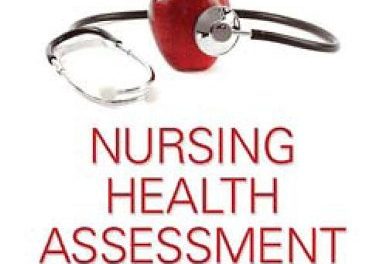 Senior Editor: Linda S. Pescatello; Associate Editors: Ross Arena, Deborah Riebe, and Paul D. Thompson
Senior Editor: Linda S. Pescatello; Associate Editors: Ross Arena, Deborah Riebe, and Paul D. Thompson
Publisher: Wolters Kluwer | Lippincott, Williams & Wilkins – 456 pages
Book Review by: Nano Khilnani
The first edition of this book was published in 1975, and today it is the most widely- circulated guide used by specialists in exercise science – those who testing and recommending programs to meet pre-set goals – and sports medicine.
As in previous eight editions, numerous experts have contributed material to this guide. More than 40 doctors, educators, nurses, and writers on health and medicine have authored the numerous articles in the 11 chapters and five appendices of this extensive and extraordinary book. The material has been reviewed by 21 other specialists.
The American College of Sports Medicine or ACSM for short was founded in 1954 and today it is the world’s largest organization of members in this field of endeavor, with more than 45,000 national and international certified professionals in some 90 countries.
More than 70 wide-ranging occupations are represented in the ACSM organization. Its members are academicians, personal trainers, policy makers, physicians, students, and people of many others occupations and professions.
This compact but comprehensive guide offers you, the doctor or the health and fitness professional, ways to test individuals in terms of their fitness levels and to develop specific exercise programs appropriate for each one of them.
This handy, easy-to-use book of guidelines contains detailed programs and practical advice on how to work with people who have various types of health challenges and medical problems. These can range from cardiovascular to metabolic to pulmonary to other types of diseases, health conditions and limitations.
The necessity of exercise to achieve optimal health is widely known, but what is sorely needed these days, the editors write, is motivation to get people to engage in it. This book provides you proven behavioral strategies to motivate people to exercise.
This book is organized into three main parts, namely:
• Section I: Health Appraisal and Risk Assessment
• Section II: Exercise Testing
• Section III: Exercise Prescription
This book provides a lot of useful data in the form of boxes, charts, tables, and other forms of graphics that make for easier grasp and understanding of the material presented.
The chapters in its three sections are organized with headings on given topics, then boxes, charts, and tables with relevant data are presented for illustrative purposes. At the end of each chapter is a list of Online Resources as well as References for further study.
Among the important features in the ninth edition of this valuable guide that can help you evaluate the fitness abilities and prescribe exercise programs for the individuals you work with are:
• Latest guidelines and recommendations
• A simplified pre-participation health screening process
• New chapter on behavioral theories
• Expanded coverage of special populations
• Frequency, Intensity, Time, Type (FITT) boxes
• New take-home messages and key online resources
• Revised appendices
• A companion website: http://thepoint.lww.com/activate
This book also provides these useful appendices:
• A. Common Medications
• B. Emergency Risk Management
• C. Electrocardiogram Interpretation
• D. ACSM Certifications
• Contributing Authors to the Previous Two Editions
All in all, this is a great, indispensable tool for anyone involved in sports medicine.






